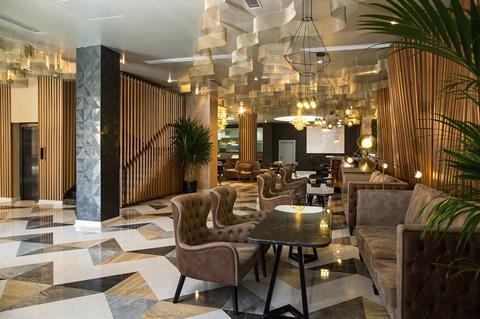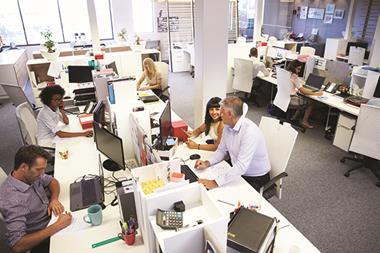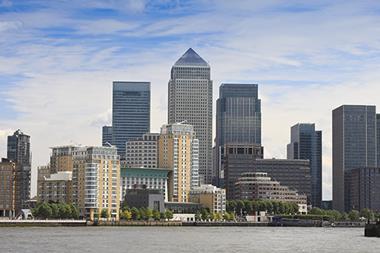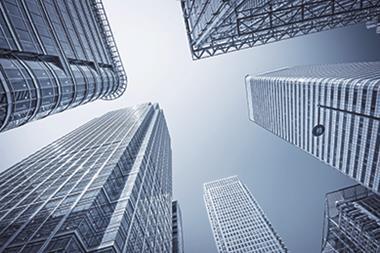Workplace lobbies were traditionally designed to be neutral – polished, professional and reassuringly bland, created for purpose and function alone.

But this old-fashioned notion has rapidly been giving way to a new concept – that of the lobby as cultural hub or brand statement, a buzzing creative space that establishes a sense of community and expresses a company’s work ethos.
Taking their cue from the hospitality sector, office lobbies are now being designed as uplifting and rewarding places in which to catch up and recharge. Just like stepping into a favourite boutique hotel, one can enter a workplace lobby feeling inspired by a sense of occasion, welcoming hospitality and attention to detail.
As with hotels, the office lobby can be considered the staging area for everything that goes on in the building as a whole. It is also the place for vital first impressions.
It addresses visitors’ immediate needs, while performing a number of crucial tasks.
Imaginative design can shift the perspective from an empty space with a dominant front desk to a flexible and immersive arena, encompassing lively social and meeting areas, co-working zones, refreshments and even open-plan bars. The option to reconfigure and section off spaces to cater for events brings yet another dimension to the lobby of the future.
Colourful, sensory space
Post-pandemic, the workplace lobby could become a point of connection and transition, and a portal to the working environment. In short, a well-designed lobby could become the beating heart of an office building – a colourful, sensory space that both visitors and employees enjoy being in.
A lobby should be a natural extension of the building as a whole, setting the brand apart and drawing visitors in. The concept of ‘experience design’ now applies to lobbies too, because the way a person reacts to an environment is largely emotional. The idea is that by maximising interaction in the built environment, occupants will feel more connected to the space and want to return.

In turn, introducing biophilic elements such as natural light, plants and fresh air brings workers increased productivity, reduced stress and better sleep – in turn boosting work performance. That means intelligent, tech-enabled design that turns an ergonomic space into a focal point.
Rich textures, subtle tones and well-chosen lighting can all help office lobbies take their cue from design-driven hotels. Consistent imagery, decor and colour palette can all match the brand aesthetic. Different types of furniture and seating allow for both formal and informal interaction – places to meet, relax, create and collaborate.
Every visitor is a potential brand ambassador, and exceptional design can prompt them to share their ‘experience’ on social media. Unique elements such as water features, exotic plants, bold sculptures and paintings by local artists can fascinate a (temporarily) captive audience. With the use of engaging visual cues, textures and even smells, a workplace lobby becomes a destination all of its own.
Just as the hotel lobby was an evolving space before the pandemic, office lobbies are changing in response to the new world of work. A radical redesign could significantly boost the value of a workplace. Reimagined, it could become an unforgettable, multifunctional space that is as versatile as it is stylish.
A trip to the office might not be as fun as a hotel stay, but it could offer an energising and work-friendly haven with the same elements of service, engagement and inspiration at its core.
Stephanie Bonduelle is managing director of Tétris UK





























No comments yet